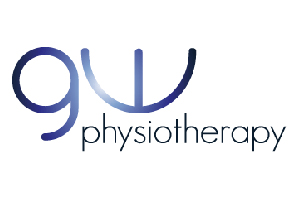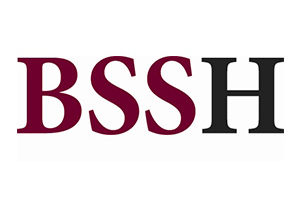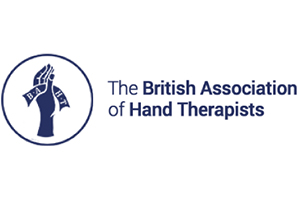• Rings – please remove all rings if possible. (They hide infection, and the fingers often swell up, and the ring can reduce the circulation.) If the ring is too small to remove, you may want a jeweller to cut it, or to stretch it. If you leave it on: we have cutters, but they are not kind to jewellery.
• Keep fingernails clean and short. Please try to remove fake fingernails and nail polish
• Bring your diary to any pre-assessment appointments.
• Have some simple painkillers (e.g. paracetamol) at home, to take after the procedure.
• Plan work and life, as if you will not be able to use your hand properly for two to four weeks. (E.g. how will you get home? / have supplies of microwave meals).
For this type of anaesthetic, you can eat and drink normally and stay awake:
• Local anaesthetic: this involves injecting around the site of surgery
• Ring block: injections of local anaesthetic around the base of a finger
For Regional block and General Anaesthetic You have to be “nil by Mouth”, at least six hours for food and two hours for clear fluid:
• General anaesthetic: this means going to sleep. We usually inject a local anaesthetic during the operation, so that you have as little pain as possible when the operation is finished. You may find that part of the hand is numb for a few hours after the procedure. (Avoid heat and sharps while it is numb, and take painkillers when needed.)
• Regional block: injections numb the whole arm. Your arm may feel floppy for a few hours afterwards. You may need to find a way of supporting it, and you should take painkillers before the block wears off (or before going to bed, so you don’t wake with pain). Please avoid heat and sharps objects while the hand is numb.
We often use a tourniquet to reduce bleeding during the surgery. We usually use nylon stitches, which do not dissolve and need to be removed.
You usually will have a large padded bandage after the operation. You will be given clear instructions. After most simpler procedures, you are told to remove the bandage after 24 to 48 hours (leaving a sticky plaster).
• Keep the hand dry and clean.
• Avoid sharp objects (knives, etc.) and heat while the hand is numb after anaesthetic injections, and support it if it is weak.
• Keep the hand dry until the stitches are removed (usually 10 to 15 days).
• Exercise all the joints that you can. Keep moving the fingers.
• Keep your hand elevated until the swelling goes down (often one or two days for simple procedures).
• Your hand will be weak. Avoid lifting heavy objects for a month.
• Once the stitches are out, you should massage the hands, and try to get joints moving
For most patients, we usually make an appointment for you with the surgeon 10 to 15 days later. We take out stitches and teach you exercises. There are follow-up clinics at both the Nuffield and Winfield Hospitals. We have specialist nurses and physiotherapists as well as the surgeon. You may see any combination of these. Please ask if you want to see anyone in particular (e.g. the nurse or physiotherapist may be able to answer questions).




